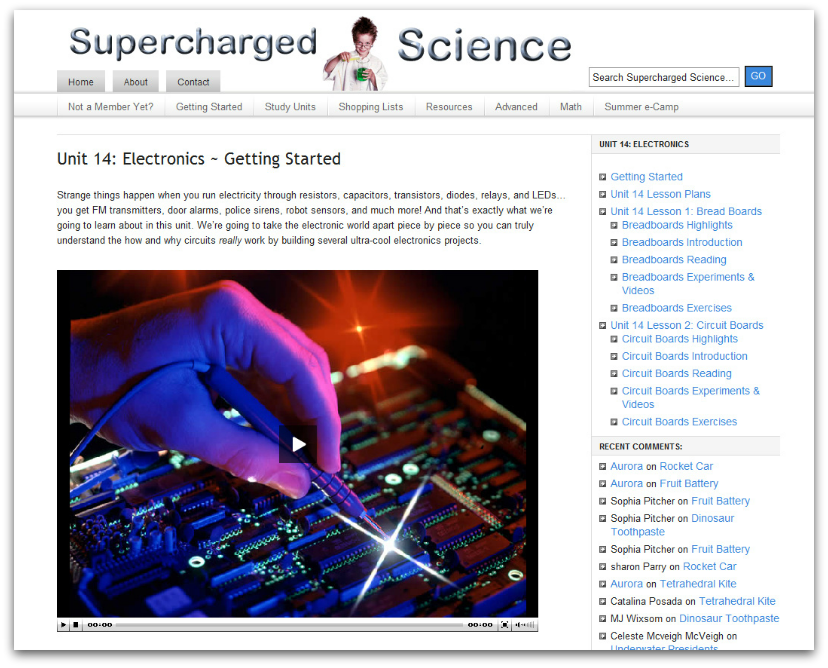

Aurora Lipper, the teacher, is a rocket scientist and obviously takes great delight in making science fun for children. Helpfully, the site also has the science activities grouped by grade level which was particularly useful deciding which could be done by younger children. There is also a helpful section called Getting Started which explains how the site works and has links to simple experiments with household materials.
We dived in with some of these activities from the Getting Started section. Each activity has a short written introduction, a list of what is needed and a short video explaining what to do. Sometimes we needed to watch the video more than once to make sure or watch the video and then play it with stops as we did the activity. Most of the experiments have activity sheets with questions.
We microwaved soap
although we didn't have the soap that Aurora suggested and made the microwave smell for several weeks! Moral is to follow the instructions fully!
This is the appearance of microwaved soap!
Other early experiments included a catapult which was easy and a great success with my five year old and flying contraptions which theoretically shouldn't fly as well as paper aeroplanes which were catapulted across the garden.
We then explored the pre-K/K section of the site. There were investigations on sensing temperature: very simple and very effective.
Making clouds sounded exciting but we couldn't make this work maybe because I was a bit cautious about heating up this contraption.
We hid pyrex in oil and went onto some Life science which is what I would call biology where we pressed flowers
and made a waterscope. I have to say that we failed to make the waterscope work although we had fun leaning over a ditch with it.
We have a terraqua column sitting in our kitchen which is successfully growing basil. We have discussed making more so that we can change variables.
In order to fit in with some science at our home education group, we filled in a tracking traits form which we found on the first grade part of the site.
Most of the items needed in the sections that we used were readily available at home or at least one which has been home educating for some time! A supply of lolly sticks was easy to find here and was used for the catapult and harmonica but I'm not sure whether many non-home educators have supplies of lolly sticks. For more advanced units, it is more likely that items will need to be bought particularly for the electricity and electronics topics.
Aurora says, in the Getting Started section that three things are needed to get the most out of Supercharged Science: time to spend on the experiments, realising that it isn't necessary to do everything and being prepared to ask for help. Aurora provides help via questions at the end of the activities. We found that our questions were answered by running through those questions that had been previously asked.
What we thought
Using hands on activities does spark interest in science. We watched the videos together before going to do the activity and then thought about the how and why. We found that some of the activities the children were quite happy to leave whereas others such as the terraqua column generated interest in how things grow and whether we could design a simpler system to look at what plants need. My five year old is particularly keen to do more Supercharged Science activities.
Supercharged Science is large and can initially seem overwhelming. The getting started page, grade levels and the conversion chart are particularly helpful. The's e conversion chart for 22 different texts shows which eScience units fit with which chapters.
We love hands on science and this is a regular activity with my younger children. It has been helpful to have a resource with so many new ideas to explore, however, if you don't like hands on science then Supercharged Science isn't for you.
Cost
Supercharged Science's e-Science curriculum costs $37 (about £22.03) per month for K to grade 8 (year 1 to 9) and $57(about £33.94) per month for 9th-12th grade (year 10 to 13) where more material is available. Currently, there is a special offer for readers of the Schoolhouse Review Crew of the first month for $1 (about 60p). This page has full details.
For families who like science activities, I would recommend Supercharged Science. If you aren't quite sure, there is a free five lesson science mini-progamme here.









No comments:
Post a Comment